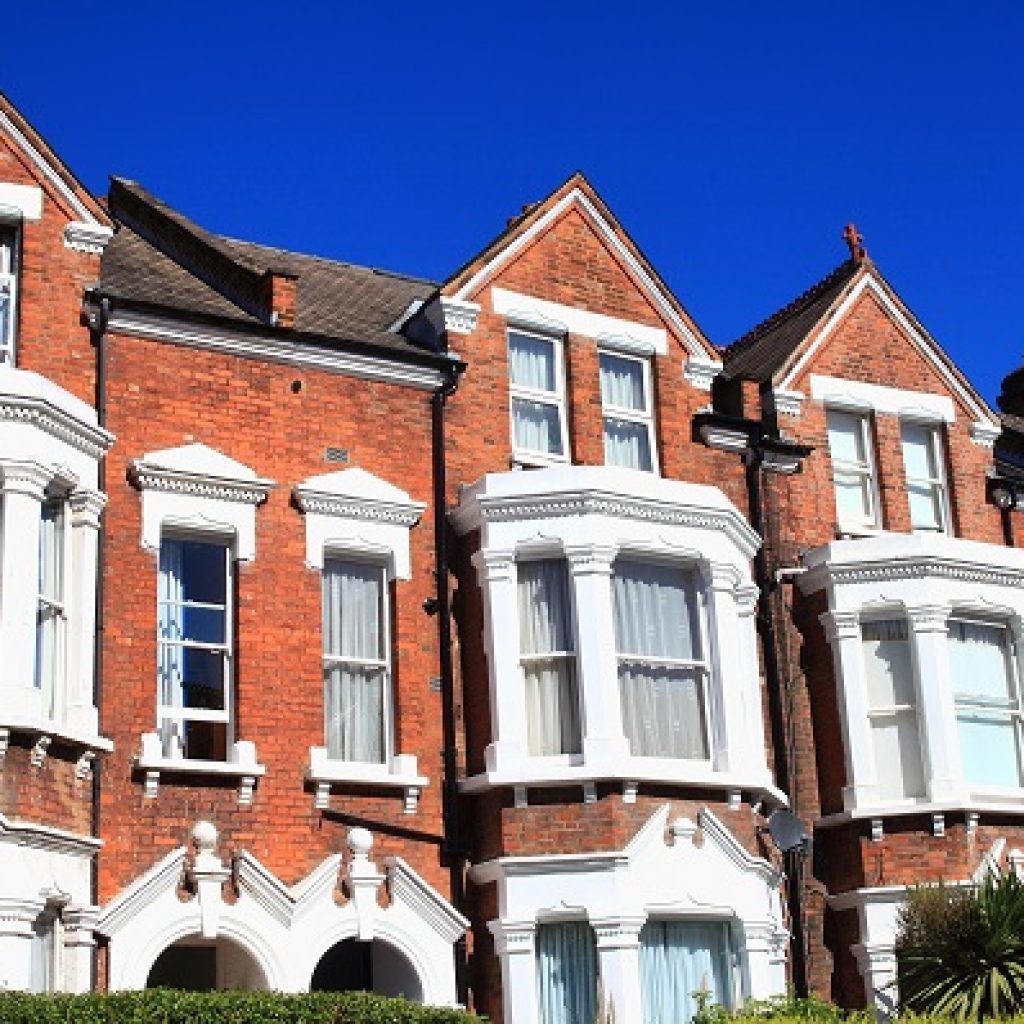Recently released figures have indicated that the number of vacant properties has reached a 20 year high.
The government statistics indicate that 1.4 million homes have been left empty for a period of least six months.
In light of the housing crisis, these figures may be considered alarming, especially given the expense of the measures being implemented to tackle demand. For example, a £2.3 billion investment was the latest move in the ongoing initiative to boost the housing supply, with available stock being a key issue for voters in the recent snap election. It is estimated that in order to keep up with the pace of demand, the government must ensure that each year, 30,000 new homes are built.
Commenting on the impact of properties being left vacant was Mark Scott. The specialist in residential property at law firm Blake Morgan told sellhousefast.uk: “Many homeowners might say that a ‘man’s home is his castle’ and the owner is free to leave their property vacant if they desire.
“However, there are a large number of empty properties in the UK and many would argue they could be put to better use. One possible way would be to encourage owners of vacant properties to make more use of them.
“This could be achieved by offering a tax incentive perhaps for letting the property out, or making it available for use by local authorities or housing associations in emergency situations.
“Another incentive would be a refund of stamp duty land tax, in part, if the property is sold within a certain timescale. This might discourage owners from simply sitting on properties and waiting for the value to increase.”
Taking these issues into consideration, a potential solution has been suggested in the form of property guardianship. A security resolution for landlords, property guardianship enables owners to transfer their building to a company who then let it out to keyworkers, charity workers and those that work in the public sector. As well as saving landlords money on security, it also enables tenants to save money whilst living in central locations.
Commenting on the impact that property guardianship could potentially have on housing supply was Tim Lowe. The founder of Lowe Guardians stated:
“Property Guardianship has had a lot of bad press. Five to ten years ago, it was very ‘alternative’. But it is now becoming increasingly popular among working professionals of all ages; people who want interesting, well-located accommodation with a strong community feel.
“Demand is growing exponentially. The biggest challenge is to keep up with demand; it’s becoming increasingly high and supply must match that.
Property guardianship might not solve the housing crisis, but it can provide sustainable housing which sits comfortably in-between social housing and luxury high-end.”
Although it may seem like the ideal solution, various difficulties have been highlighted, especially in regard to legal implications. The industry is unregulated, and although a licensee agreement must be signed by all guardians, they are not protected in the same way that tenants would be.
As the need to develop a Code of Practise grows, Lowe suggests that change may not be too far away.
“At present, Property Guardianship is not very well regulated. Currently, we are forming an association with four other guardian companies to protect and regulate the industry; this includes writing up a uniform set of criteria for guardianship organisations to follow.”




















